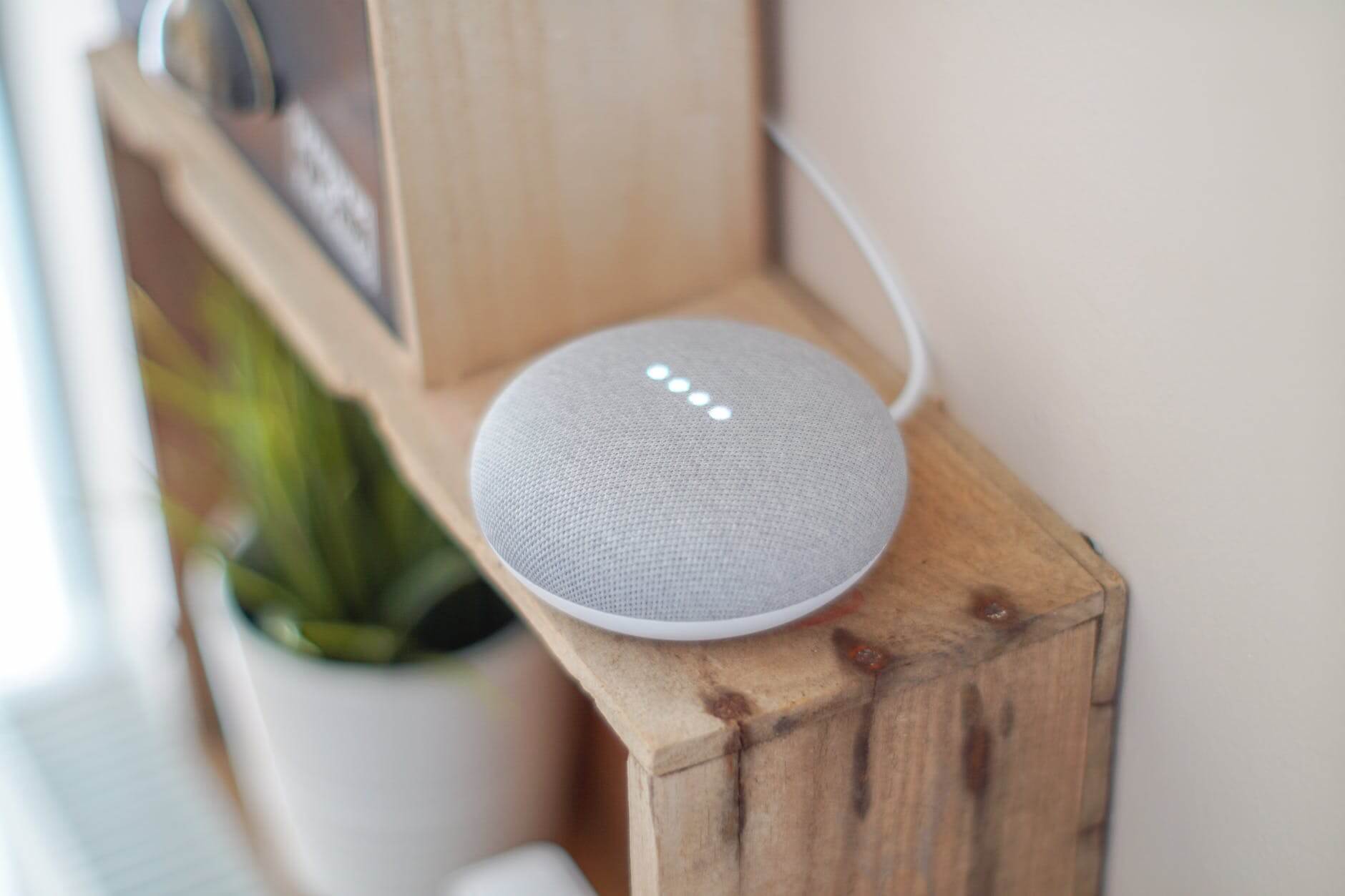A great UI/UX design agency knows more than just craft apps and programs. They’re good at making computers help people with the latest tools, such as Voice Interaction. Today, developers have been keen on structuring efficient Information Architecture (IA) schemes to maximize the usage of voice-enable devices.
How does a competitive team of developers design or redesign an existing app or site a smooth, solid Voice IA for a voice-enabled device? First, let’s define what IA is all about.
IA is an essential system for organizing and structuring mobile apps, websites and other digital platforms. As data over the internet is usually fragmented or unstructured, it is vital to have an extensive amount of user research so that designers can streamline and optimize their product’s performance. It’s similar to navigators charting a cruise ship course through resort islands – the key lies in knowing what your customers need and want to deliver the best experience.
Likewise, a competitive design team, especially one catering to support voice-enabled devices, center their IA values on these three primary areas: Usability Testing, User Experience (UX) Research and CARD (Conciseness, Accuracy, Reliability, and Domain Authority).
Usability Testing Service
For voice-enabled devices, it is imperative for a smart design agency to implement a usability testing service. To do this, the agency first runs a comprehensive user research: finding out the demographics of the intended primary and secondary target users, what they expect to see, and how they could execute tasks through voice user interfaces (VUIs).
Structuring the app or website’s IA by running usability testing during development enables the design team to see how the product behaves. Moreover, it involves a systematic observation of how intuitive the product is, its best- and worst-case scenarios, and potential for future upgrades.
Designers or developers who don’t implement this service are prone to releasing potentially buggy products. In the long run, it translates to doing costly maintenance and correction patches, reducing the product’s reliability.
UX Research
While pre-release testing remains the ultimate dry run to see how well-built a product’s information architecture is for a device, it can’t be done properly if it’s not based on user experience or UX research.
According to Think with Google, 72% of people with voice-activated speakers use it for their daily routine, and 41% say the experience is like talking with a friend or a person. In order to structure data and processing it to sound natural when the machine replies to a user’s query, the IA should be built to support Natural Language Processing (NLP).
The takeaway for human experience is that the better the interaction feels while using the device, the more often it is used. In 2017, ComScore found that 50% of smartphone owners (in the US) also use voice search. On the other hand, they also found that smart speaker ownership grew by 128% in 2018 from the previous year. It’s a significant indicator that designers should take into account their target users’ behavior, search patterns, and needs.
A rich knowledge base of the best experience for users will allow the development team to trim down the required analysis paths the voice assistant software or app must take. It becomes a lean, reliable, and quick structure with fewer chances of ending up with irrelevant responses.
CARD (Conciseness, Accuracy, Reliability, Domain Authority)
A superior IA structure can deliver easy-to-understand results consistently, and in order of trusted sources to less-trusted ones.
Conciseness as part of the product’s IA means that instructions direct to prescribed paths to deliver good responses; likewise, as an output should mean the app or device’s response is delivered in understandable phrases or sentences the user could grasp effectively and immediately. Voice-enabled searches are found to work best (at least for Google) when limited to an average of 29 words, according to Backlinko.
Accuracy is a highly valuable aspect of an IA’s output. Only recently have AI algorithms picked up in this area versus text search. For example, Amazon – one of the world’s largest e-commerce sites, would be easier for users to sift through using VUI than a manual typed-in search, as voice commands save more time. With a sound IA, users can get accurate answers through featured snippets – where more than 40% of voice search answers are usually pulled from.
A competent development team also prioritizes reliability, so that the software and device can produce results quickly and consistently. Nobody would like a device or app that crashes when “confused” with search terms or takes too long to do what it’s asked. Speed is a primary concern for both graphics-oriented and voice-oriented users.
Domain authority is a particular feature that links information to trusted sources. This is helpful for devices with search features that browse the internet. With more devices gaining that ability – from refrigerators to television sets – users expect to see information from trustworthy sources first.
Conclusion
A competitive UX company makes more than just working software for voice-enabled devices – it designs one with the user in mind. They build IA with strong characteristics that enable both the developer team and users maximize the functions and reliability of voice-enabled devices.
Fine examples such as user.com.sg and the design team take UX seriously with the way they define IA and build in their products. For more information, you can reach out via https://www.user.com.sg/contact/.
Sources:
https://wraza.medium.com/information-architecture-challenges-in-designing-voice-user-interface-for-smart-devices-d1dc798f2815
https://slickplan.com/blog/information-architecture-trends-2020
https://www.brafton.com/blog/seo/8-voice-search-statistics-in-2019-and-why-they-matter/
https://www.gartner.com/en/documents/3021226/market-trends-voice-as-a-ui-on-consumer-devices-what-do-
https://www.keycdn.com/blog/website-performance-metrics
https://serpwatch.io/blog/voice-search-statistics/





